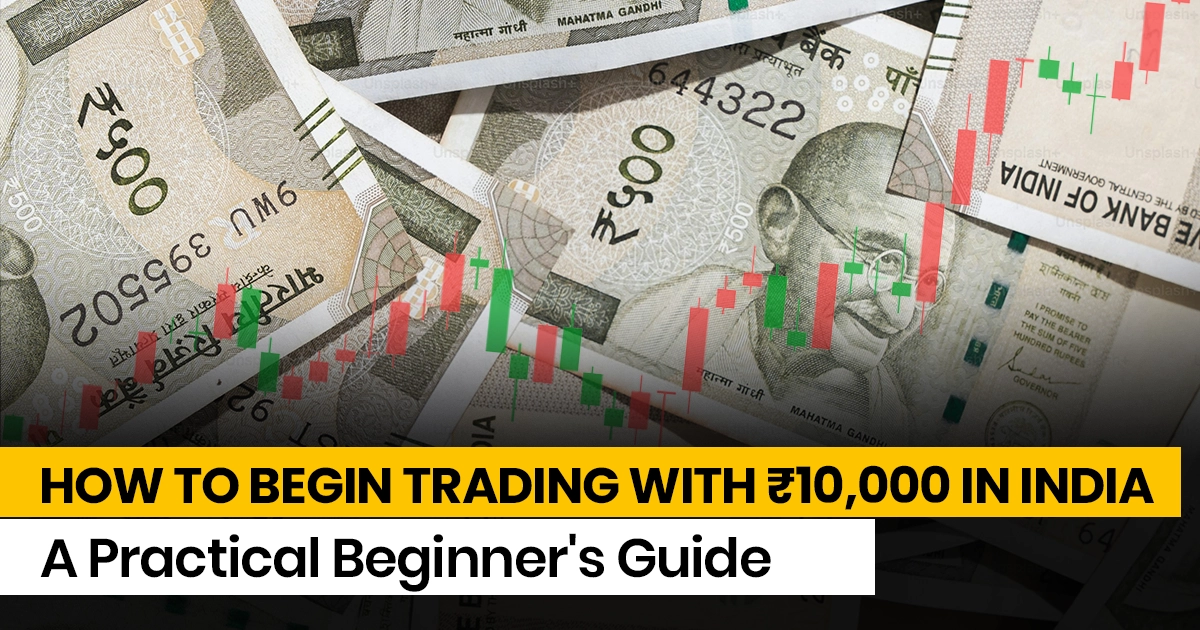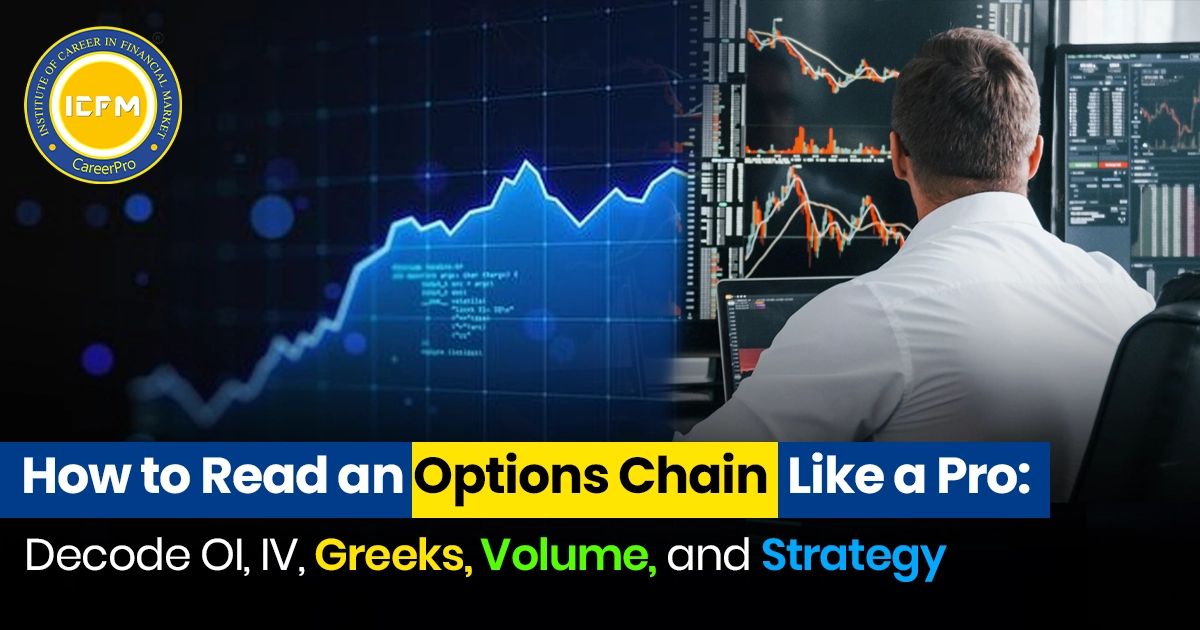Risk management is fundamental in derivative trading because derivatives apply leverage, which can blow up your gains and you up. It becomes significant in protecting capital, therefore controlling exposure to ensure the sustainability of your long-term trades. Here are the most important risk management techniques adapted for derivative trading:
1. Define Your Risk Tolerance
- Before risking the market, find out your personal and trading account situation, your goals, and your willingness to risk capital. Determine at what percentage of your overall portfolio you will risk any trade figure commonly in the range of 1-3%.
Knowledge of your actual tolerance will determine the acceptable position size and stop-loss level for your comfort level.
2. Position Sizing and Capital Allocation
- Position sizing is the cornerstone of risk management in derivatives. The aim would be to limit any damage from a given trade for your portfolio.
- Use risk-based sizing- this aligns your size of position with your acceptable level of risk. For example, if you can afford to take on only ₹2,000, the position size reflects that factor, as well as volatility, and stop-loss levels.
3. Stop Losses and Trailing Stops
Use stop-loss orders to determine the maximum losses a trade might incur in its lifetime. That is especially true with derivatives. It could happen at so many different times.
Use trailing stops that move your stop as you are in a profitable trade, so you lock in some gain and minimize the possible losses that occur because of the weakness of the market.
4. Diversification Across Markets or Strategies
- Diversify your portfolio across different asset classes or trading strategies to avoid concentration of risk. If one asset or sector underperforms, diversification can help stabilize the portfolio.
- For example, don't make multiple derivative trades in highly correlated assets, like crude oil and energy sector stocks, so you don't experience significant compounding losses if the sector moves against you.
5. Leverage Properly
- Leverages of derivatives are pretty high; using too much leverage can, however, cause massive losses. Apply minimal leverage, even if the margin requirement supports higher levels.
- Leverage should be used conservatively in order not to get way overexposed, particularly during volatile market conditions. A lower leverage ratio would guard against margin calls and therefore, forced liquidations.
6. Hedge Your Positions
- Hedging can mitigate the potential losses that occur on the core positions. For example, if you have an existing long position in a stock or sector, buying put options is worth doing as part of hedging.
Futures contracts hedge against unfavourable price movements of the underlying asset, which stabilizes your portfolio.
7. Volatility Monitoring and Adjustments
- Much of the derivative's price and risk is volatile. Reduce position size or step back to a sideline position if conditions become very volatile in highly volatile markets.
Use Average True Range (ATR) or Volatility Index (VIX) indicators to measure volatility; you can change strategy and trade size based on market conditions.
8. Risk-Reward Ratios
Set an acceptable minimum risk-reward before entering a trade, for example, 1:2 or 1:3. For every rupee of risk, the expected return should come to rupee 2 or rupee 3.
A good risk/reward ratio will ensure that the potential rewards are greater than the risks and raise profitability.
9. Monitor Margin Requirements
- Keep a margin buffer above the minimum requirements to avoid any liquidations that may wash you out of your positions. Margin calls can quickly leave you dry during a market downturn.
You are less likely to be forced out of your positions from unnatural price movements or a rise in margin requirements when you have a margin buffer.
10. Stress Testing and Scenario Analysis
Run hypothetical scenarios to understand how adverse events might impact your portfolio. As a prime example, run scenarios for the effect of a market crash or huge volatility blowup.
Analyzing such will help you identify the weaknesses in your portfolio and prepare for all possible eventualities where you can make adjustments beforehand.
Examples of Risk Management in Options Trading:
Assume there is a trading scenario where you are trading in Nifty options with an account balance of ₹2,00,000 and have decided on the risk at 2% which is equivalent to ₹4,000 per trade. With the technical analysis on the chart using a stop loss which is 20 points below the price at which he has entered; if one point is being taken as ₹100 for his contract, then the maximum loss per contract would be ₹2,000 i.e., 20 ₹100. You can trade two contracts because it will limit your loss to a maximum of ₹4,000; you can manage the risk, which is in your strategy.
Risk Management in Derivatives Trading
Risk management in derivative trading is an activity focused on balancing growth opportunities with defensive measures to protect capital. Bringing these practices into your portfolio will decrease potential losses, minimize exposure, and increase the likelihood of consistent outcomes from your trades over time.









